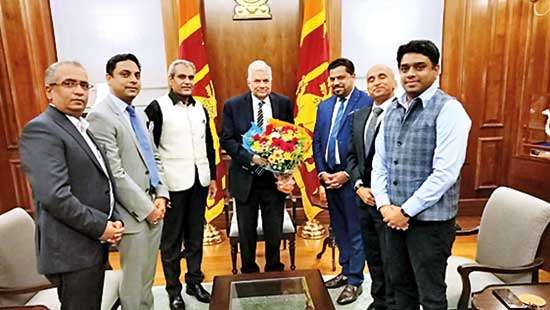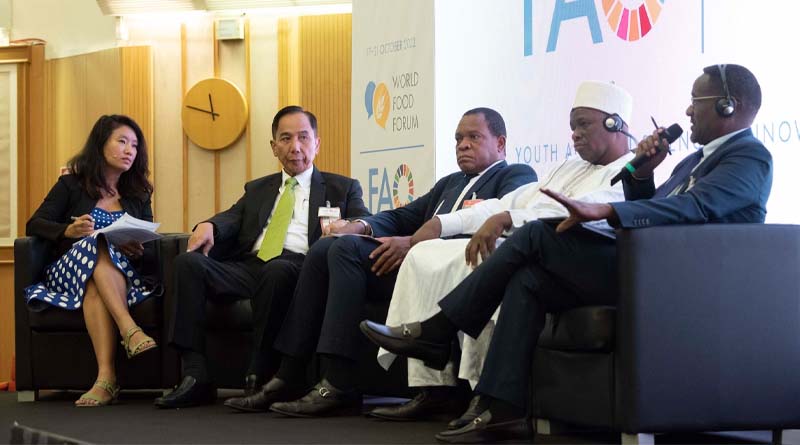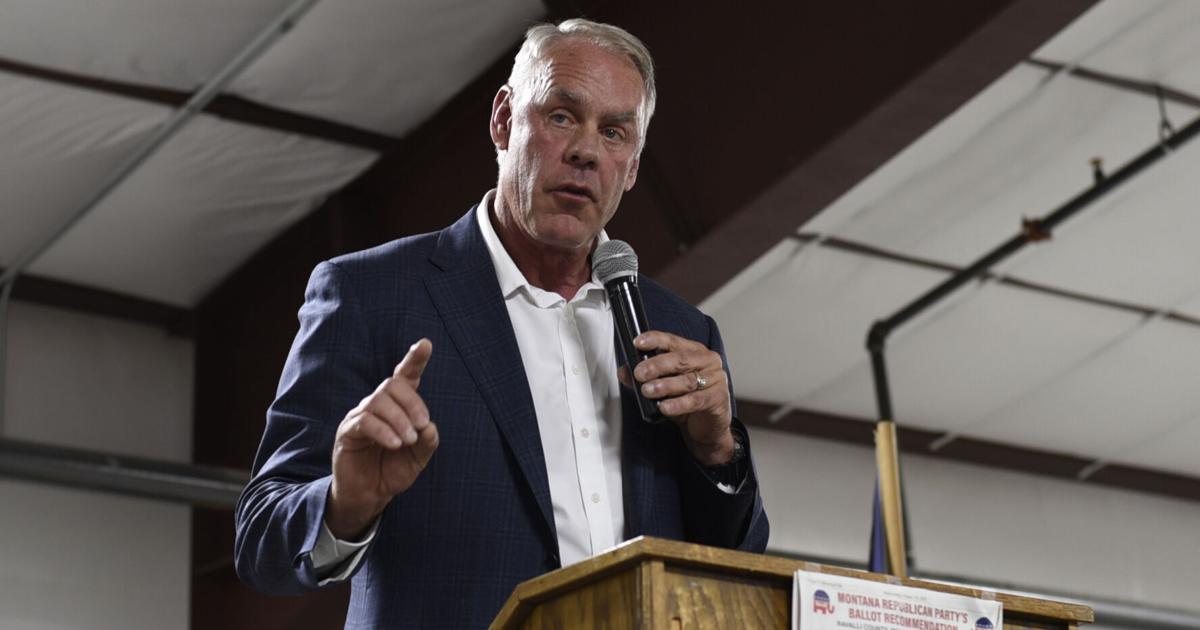CIO Peer Forum 2022: The Changing Role of the CIO

The role of the CIO is evolving, but towards what? According to a recent CIO Peer Forum panel organized by the CIO Association of Canada and sponsored by Computer World Canada (ITWC) and Canadian CIO, there has never been a better time, or a more difficult time, to be a CIO. Yet, surprisingly for some, the challenges aren’t always technical. Today’s CIO must excel in strategy, business acumen, and the know-how to build and leverage corporate culture to drive innovation and business results.
“We are strategic – for now,” was one of the quotes in the introduction to this session on “the changing role of the IOC.”
The panel included Robert Barton, Chief Technology Officer for Cisco Canada, Lisa Inness, Chief Information Officer, Resource Productivity & Recovery Authority (RPRA), and Rita Lazar-Tippe, Chief Information, Insights, Innovation Officer and IT operations at Albert Pension Services Corporation (APS).
There was a wide range of topics covered; unsurprisingly, the first was cybersecurity, which is a priority for all CIOs. The challenge, Barton pointed out, wasn’t technical — in his own words, it was “having staff with the cybersecurity skills, and this whole conversation about the lack of skills, is the real pitfall.”
The good news? The pandemic has really changed the vision of the IOC, at least for now.
According to Barton, “CIOs now have greater visibility and credibility with senior leadership (i.e. the C-suite) than they ever had before. (Yet) in our conversations, many CIOs felt that they were kind of an outlier to the C-suite. You’ve got the CFO, the CMO, the CEO, they’re kind of all part of that group . And then the CIO is kind of over there. All of a sudden a pandemic is happening and the CIO now has a lot more credibility and visibility, as we are so important to running and running the business, that that credibility can now be leveraged. And the question is, how do we continue to build on that going forward? »
Barton further noted that the pandemic has “altered the perimeter” that CIOs need to protect.
Lazar-Tippe echoed that, saying his organization has “taken the approach of giving people choice, (and they) want to continue working from home.” The challenge, she continued, is how to “make the office accessible to (their employees), but they absolutely don’t want to compromise on the work experience. And they want to maintain the link with the staff.
The new world requires new approaches. For example, the idea of shadow computing exploded with the advent of software as a service. But Lazar-Tippe said a new approach is needed for this age-old problem. “It’s very easy to buy something with a credit card and you sign a contract with one click.”
His approach isn’t heavy-handed at all. “I really started to explain why it’s important for us to be involved and to have a very light governance process.” Rather than have anyone jump through bureaucratic hoops, Lazar-Tippe said, “We’ve put together a very quick and easy risk assessment.” As she later said, “I can’t sweat the little things. If we can get through this quickly, go ahead, do what you need to do. But I’ll come back to that in a bit, and we’ll see if it should be standard software or product that we should use in our organization in the future. This allowed me to have a little balance.
Another challenge for the CIO goes beyond abandoning some of the “command, control and compliance” styles of the past. Inness noted that it’s not enough for the CIO and the organization to encourage the behavior — the organization (and the CIO) must “live it” in terms of employees and stakeholders.
Sustainability has become a value that organizations must live by if they want to attract and retain employees and retain the support of key stakeholders.
Inness said: “We attract staff who are passionate about the environment and we also work with stakeholders. And you know, it’s not always nice working with a regulator, that you have a business to run and we push you to give us your goals and make sure you stay aligned. So for us, we really have to demonstrate that we live the same values.
Sustainability is increasingly becoming an issue. Lazar-Tippe quoted a recent ITWorldCanada article dedicated to electronic waste. She said: “It has been estimated that it takes at least 1.5 tons of water, 48 pounds of chemicals and 350 pounds of fossil fuels to produce a computer and monitor. It’s amazing. So when you look at smartphones, you know that from a production perspective, they use rare earth metals, so mining has contributed significantly to the carbon footprint of the device. And in 2019 alone, the world produced 53.6 million tons of e-waste. »
So how can CIOs help meet this challenge? According to Inness, sustainability is a challenge and requires the organization to be innovative. “This innovation requires new approaches, especially when it comes to culture,” she noted, “You have to be innovative, you have to constantly think about what’s next and what’s to come. My personal experience… is to really focus on a more bottom-up approach. Don’t make things too complicated, really assess your culture and give people time to innovate.
Are CIOs ready to take up this challenge? It would seem that we have indeed proven that we are, according to this panel. The response to the pandemic – by rapidly shifting to remote working – has erased the vestiges of the old IT stigma that held back progress. Indeed, the CIO and IT have been the driving force as the pandemic has us facing digital transformation on steroids.
According to Lazar-Tippe, organizations have discovered what they can really do if business and IT work together. She said, “I think it was a proud moment for the technology teams, and we were really pushed to the fore. The organization suddenly allowed us to make decisions very quickly, which was usually a very difficult thing to do… But I feel that the companies were there with us. I think they helped us break down some of those organizational barriers that existed before – compliance, procurement rules, audit and risk perspectives – and while I think it was done out of necessity, I also learned that it truly demonstrates what can be accomplished if everyone in the organization is focused on a result.
Inness agreed. She said she “saw there was a new respect”. Further, she noted, “People are starting to understand that we are at the heart of this foundation. There is more recognition for the advice and expertise needed to support our organizations, which has been a big plus. For me, personally, my role has evolved, totally evolved through the pandemic, and I’ve been a key leader driving this significant organizational change and really supporting this cultural change.
Will CIOs be able to maintain this newfound respect? They can according to Inness, but it will take work. She recounted a recent conversation in which “a board member said to me, you know Lisa, there’s a perspective that organizations no longer need a CIO role. She said she didn’t see that as a negative. Instead, she said, “I think they thought about it in how they viewed the traditional CIO role, which was so focused on managing legacy infrastructure and applications, simply because they’re overwhelmed with the amount of work and effort that goes into it, and they weren’t seen as drivers of transformation.
But the CIO has become more than that and is well placed for a new role. Inness said: “We have a unique experience. We see every business unit, we support every one of them. So we have a very broad view of the business, and we also know how to get the job done, and we can really contribute to their strategies and the prioritization of an entire business. We also have a large network of partners. I learned from some of the best organizations. They are ready to come, to share their new technologies, to share their progress. And also our peers. So we’re pretty good at harnessing that and having that continuous learning. My belief is that we just have to accept that our role will change. We must be open to new ways of working. We need to allow the company to enter more of our worlds, just as we are entering theirs.






